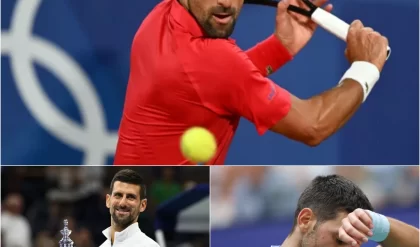FIA’s Latest Technical Directive Sparks Fears of Porpoising’s Return in Formula 1

The FIA’s latest regulatory tweak has set off alarm bells across the Formula 1 paddock, with teams and drivers concerned that the return of the dreaded porpoising phenomenon could be imminent. The governing body’s decision to reduce front-wing flexibility tolerance by 33% under the revised Technical Directive 018 has sparked controversy, with many questioning whether the change will truly enhance competitiveness or simply introduce new challenges for engineers to overcome.
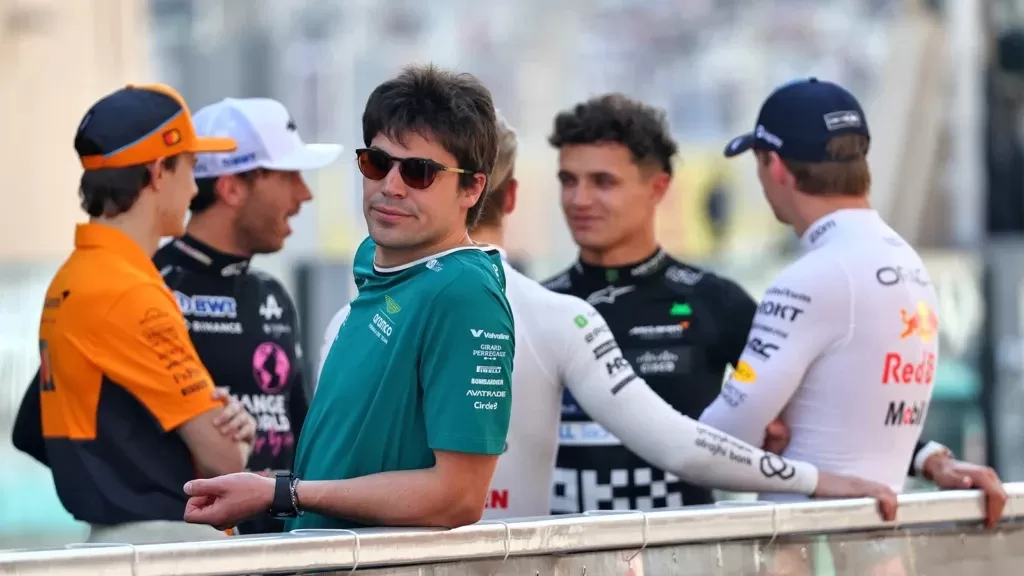
Front-wing flexibility has long been a grey area in Formula 1, with teams exploiting the minute movements of the wing to gain aerodynamic advantages through high-speed corners. However, cars like McLaren and Mercedes demonstrated significant flexibility in 2024, prompting the FIA to clamp down in an attempt to level the playing field. While some argue that this move will make the season fairer, others warn that it could trigger unintended consequences—most notably, an increased reliance on floor-generated downforce, which has historically been linked to porpoising.
This concern is particularly relevant given the difficulties teams faced when tackling porpoising under the 2022 ground-effect regulations. Mercedes infamously struggled with their zero-pod design, unable to predict the extent of the issue in wind tunnel simulations. The same unpredictability applies today: no team can accurately forecast whether the reduced flexibility will lead to renewed porpoising until they put their cars on track. If it does, they may be forced to increase floor clearance—an undesirable compromise that simultaneously increases drag and reduces downforce, slowing the car significantly.
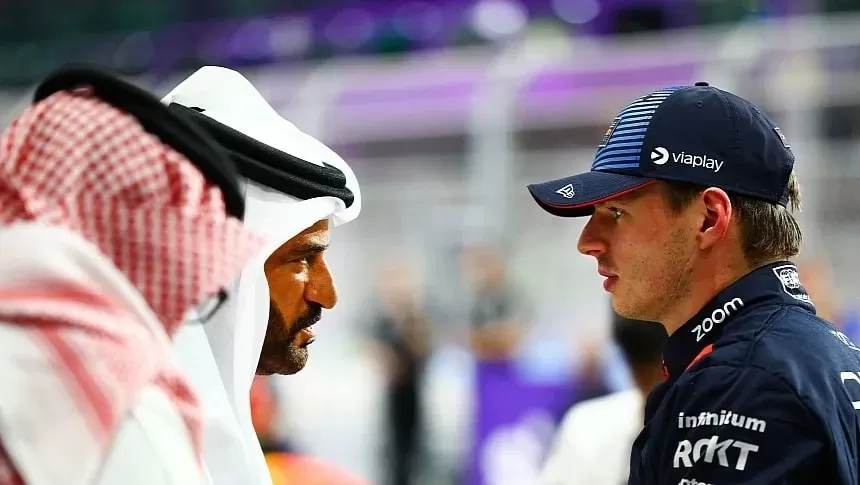
The shift in aerodynamic balance also presents a dilemma for engineers. With reduced front-wing flexibility, teams will need to extract more downforce from the floor to maintain performance levels. However, this creates the perfect storm for porpoising to resurface, especially when combined with the stiff suspensions required to optimize ground-effect aerodynamics. Drivers have already voiced their concerns about the handling characteristics of current-generation F1 cars, with George Russell likening them to ‘buses’ due to their stiffness. If porpoising returns, it could exacerbate these difficulties and lead to a physically punishing experience for drivers, as seen when Lewis Hamilton exited his Mercedes in visible discomfort after the 2022 Azerbaijan Grand Prix.

While top teams like Red Bull and Ferrari have the resources to adapt quickly, smaller teams could struggle to mitigate the effects of this technical directive. Midfield teams, already operating on tighter budgets, may find it particularly difficult to compensate for the aerodynamic losses imposed by the new rule. If they fail to adjust efficiently, they risk slipping further behind, widening the performance gap between the front-runners and the rest of the grid. This would be a significant setback for Formula 1’s ongoing efforts to create a more competitive field, particularly with the introduction of cost cap regulations aimed at balancing performance disparities.
Interestingly, McLaren has been among the few teams to support the FIA’s directive, leading to speculation that the Woking-based outfit may have already developed alternative solutions to maintain competitiveness. Some believe McLaren’s endorsement stems from fears that Ferrari was closing the performance gap too quickly in the second half of 2024. By advocating for stricter front-wing regulations, McLaren may be attempting to slow their rivals’ progress while ensuring their own development path remains unaffected.
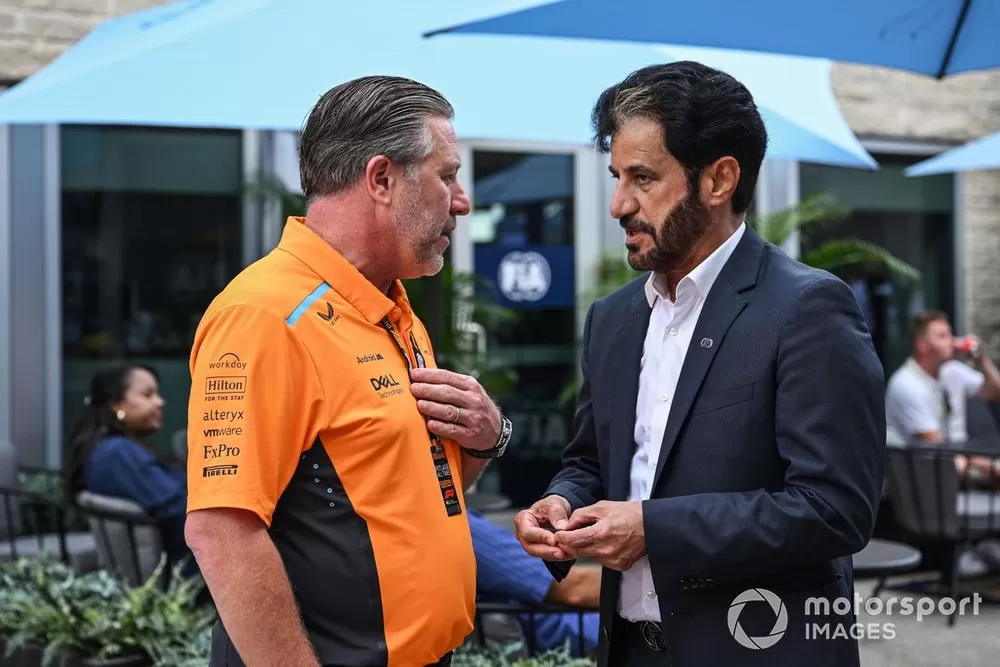
Andrea Stella, McLaren’s team principal, has hinted that the team’s 2025 challenger, the MCL39, will be a significant step forward. He has expressed confidence that McLaren’s aggressive innovation approach will place them ahead of the competition, potentially even to the extent of making the season ‘boring to watch.’ While this bold statement highlights McLaren’s optimism, it also underscores the unpredictability of the upcoming season, as teams scramble to find new performance avenues while avoiding the potential pitfalls of porpoising.
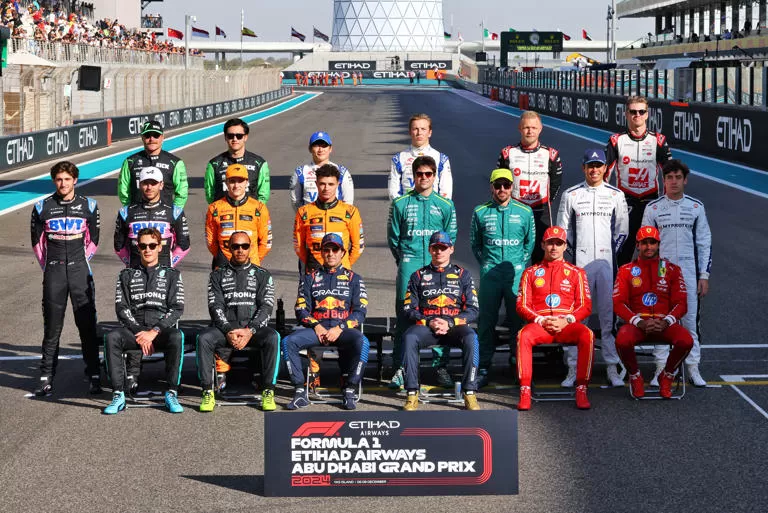
For Red Bull, the FIA’s decision comes at an inopportune time. With the team already facing internal challenges—most notably concerning Adrian Newey’s potential departure and the long-term future of Max Verstappen—the latest regulation change adds another layer of uncertainty. Technical director Pierre Waché has admitted that correlation issues have plagued the team’s development process, making it even more difficult to anticipate how the RB21 will respond to the new directive. If their aerodynamic model is fundamentally flawed under these revised regulations, Red Bull could face its first real performance crisis since the beginning of the ground-effect era.
Ultimately, the FIA’s move to tighten front-wing flexibility rules is a double-edged sword. While it aims to create a more competitive season by preventing teams from exploiting extreme flexing, it also risks triggering a chain reaction that could bring back porpoising—one of the most detrimental performance issues in recent F1 history. With the new regulations set to take effect in 2025, teams must now walk a fine line between innovation and risk management. One miscalculated upgrade could see them losing crucial performance, and in a sport where every millisecond matters, that could be the difference between championship contention and mid-table obscurity. Whether this regulatory shift will be a masterstroke for fairness or a Pandora’s box of aerodynamic nightmares remains to be seen, but one thing is certain: the 2025 season is shaping up to be one of the most unpredictable in recent memory.
